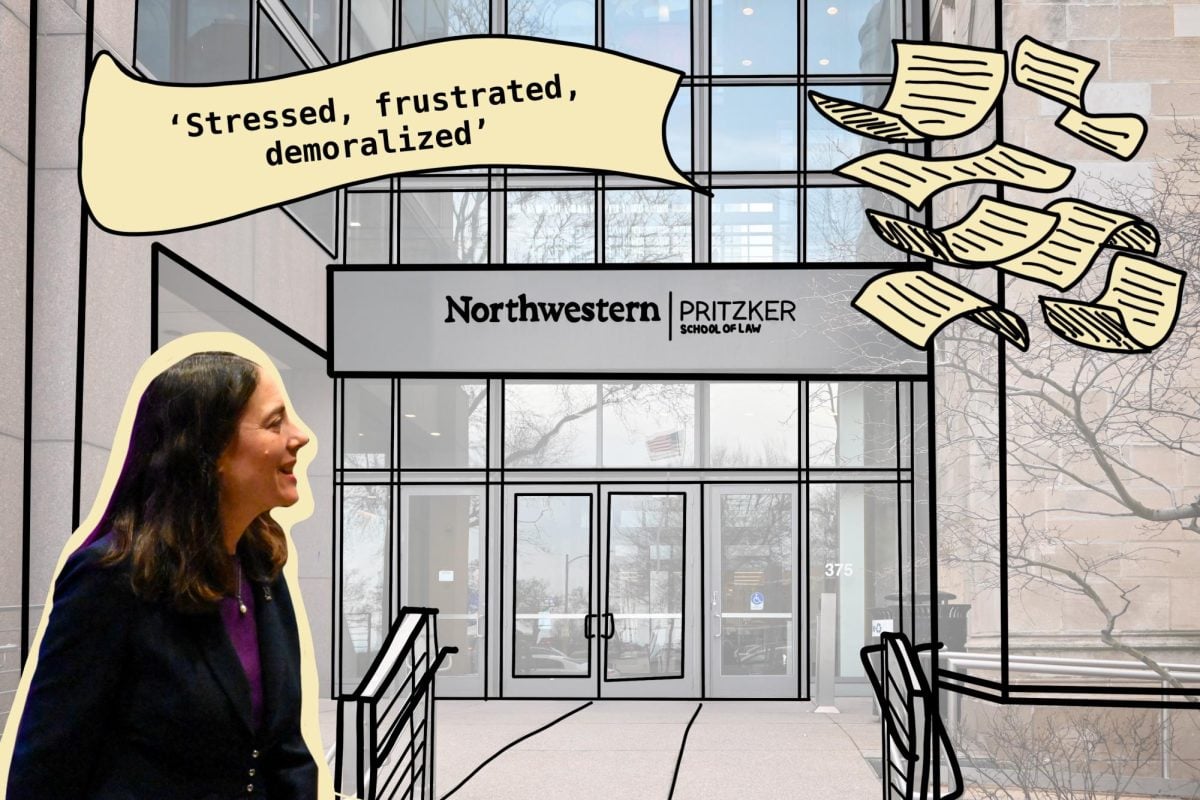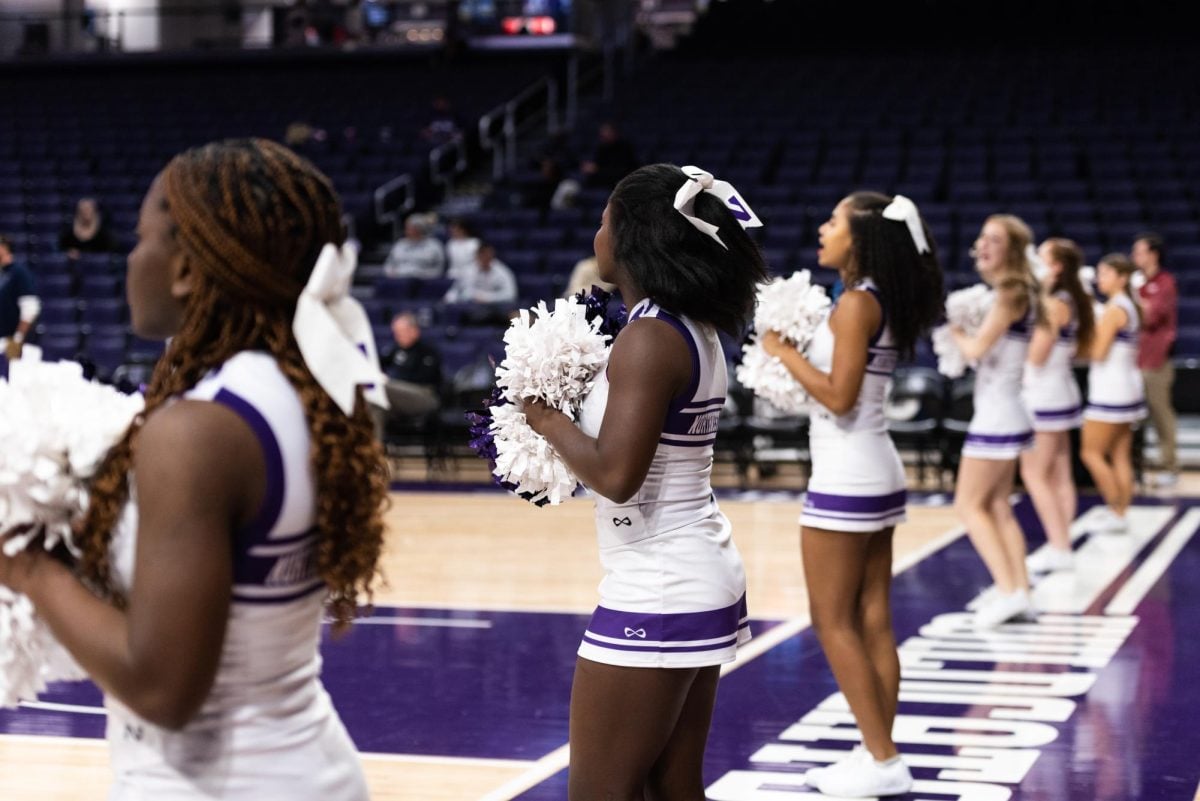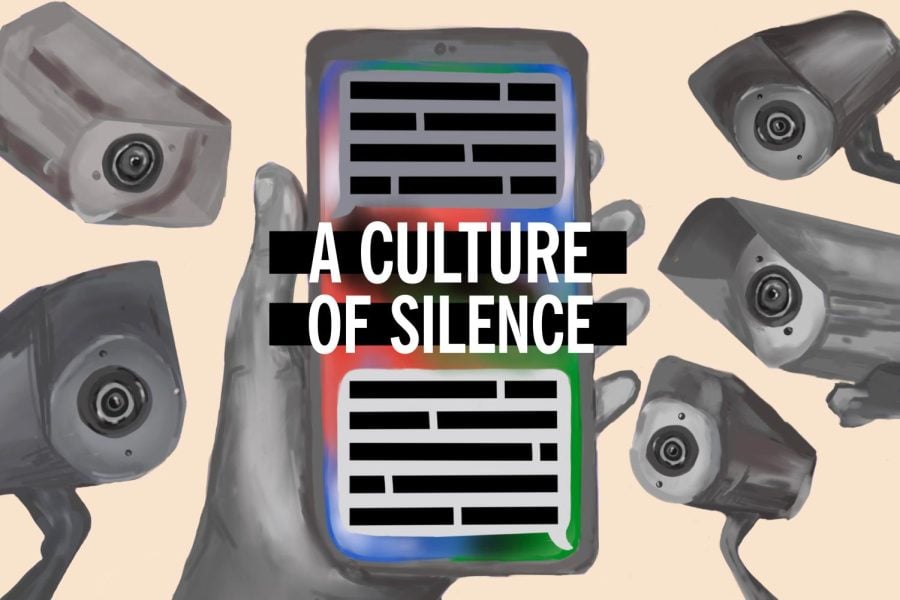Although she has called SafeRide several times this year, Alice Li has never been able to use the service.
Each time, she has been asked to wait for too long.
“One of my biggest qualms with SafeRide is that when you call, they say they’ll take at least an hour to get to you,” the Medill freshman said. “That’s not exactly safe, is it?”
As SafeRide gains popularity and dispatchers are inundated nightly with requests for rides, the service has unofficially adopted practices which suggest safety has taken a backseat to handling a large number of customers. The reason for that boils down to the numbers themselves – for every Northwestern student who calls SafeRide out of legitimate concern for safety, there are many who call because it’s inconvenient to trudge up to North Campus fraternity parties from South Campus dorms.
To distinguish among those students, SafeRide needs to adapt its policies, said Paul David Shrader, Weinberg ’09, SafeRide’s coordinator.
The service, which had a student advisory board during its first few years in the early ‘90s, needs more oversight and new ideas, Shrader said. Bringing the board back would be an opportunity for students to improve the popular program, he said.
The University would not disclose SafeRide’s budget, but Shrader said SafeRide’s budget isn’t the issue.
“SafeRide, of course, could always use more money if allocated, but personally I’d rather see more creative ideas for improving SafeRide within our current budget while additional monies get allocated toward building greater community across our campus,” he said.
While he has advertised positions for a new SafeRide Advisory Board, Shrader said not enough students expressed interest.
Safety concerns
SafeRide employs student dispatchers and drivers who often work from 7 p.m. to 3 a.m. and, like other work-study students, balance academics with a job. Given the stressful nature of working at SafeRide, some have questioned how its employees balance work, class and sleep.
Sam Jacobs, a SafeRide driver, said although he “absolutely loves” his job, it can be challenging.
“On days that I work, I make sure that I take a nap,” the Weinberg junior said. “The job is really task-oriented, so I don’t find myself with enough downtime to realize I’m sleepy.”
While Shrader said no SafeRide drivers have ever gotten into moving accidents with other cars, they have clipped parked cars and even been hit by bikes.
Mike Decker, the complaints and operations officer at Norshore Cab Association, which serves northern Chicago suburbs (including Evanston and NU’s campus) and Rogers Park, said using student drivers may be dangerous.
“Students not having commercial licenses and not being properly trained in the chauffeuring business is a very bad idea,” Decker said. “You don’t have the right to drive people around if you don’t have a commercial license. You’re 21-, 22-year-olds. You think you know what you’re doing, but you don’t.”
SafeRide inevitably gives local cab companies less business by serving students for free.
Other schools, like the University of Illinois, have SafeRide-like buses operated by professional drivers that run along prescribed routes in addition to its regular shuttles. NU’s evening shuttle system operates similarly. The University of Chicago has a first-call, first-serve van service with a typical wait time of 20 minutes.
Shrader’s proposed student board would also help evaluate driver and dispatcher performance in various ways like implementing “secret shoppers” to experience the service while keeping an eye out for inadequacies, he said.
The hiring process for new drivers includes completing a Risk Management Defensive Driving certification course and having possession of a driver’s license for at least two years.
Then, as long as drivers are operating University vehicles for University business, they are covered by NU insurance.
The job’s “good, long hours” and “satisfactory pay” of $10 per hour are not its only perks, Jacobs said.
“I feel like there’s a lot of crime around here, and in a way – maybe a small one – I’m helping to keep people safe,” he said.
Saferide under the microscope
Last year, a class of Industrial Engineering and Management Sciences students made a proposal for improving SafeRide based on student feedback, usage forecasting and technology updates.
The IEMS class, taught by Prof. Charles Thompson, used ARENA, a simulation software, to model the system currently used by SafeRide. The students determined how many cars SafeRide would need each day to maximize efficiency based on data about wait times, demand for rides and vehicle supply.
Forecasting of potentially busy days as a result of inclement weather or partying trends may help SafeRide optimize service based on its resources, according to the IEMS study. Demands for rides are highest when the temperature is below 15 degrees, and lowest on days when it is above 55 degrees with average total rides of 239.2 and 177.2, respectively.
The IEMS report called for SafeRide to take a more empirical approach in deciding how many cars are dispatched each night.
“The optimal number of cars to staff depends on the trade-off between saving money on one car versus decreasing the total time that a student waits for a SafeRide,” the report said.
Because of the study, SafeRide now decides how many cars from its fleet to use each night based on forecasts for each day of the week, Shrader said in an e-mail.
Another strategy recommended by IEMS includes implementing a web portal to collect student feedback on driver performance. Shrader said he hoped to reward employees with promotions and pay raises in return for good ratings.
A high-tech solution?
One improvement SafeRide should consider is installing an automated dispatch system to increase communication and decrease guesswork, according to the IEMS study and others by Kellogg students.
SafeRide operates on a first-call, first-serve basis. Students call dispatchers to schedule rides, dispatchers update Excel spreadsheets and notify drivers of pick-up locations and times, and drivers write the information on clipboards before taking more assignments.
The current system is highly contingent on improvisational skills and is therefore vulnerable to human error, the IEMS report found. If an integrated database system were implemented, every employee in the equation would be both less stressed and less reliant on guesswork.
The system IEMS proposes would link customers, dispatchers and drivers instantly via computers installed in SafeRide vehicles. It would fully automate the SafeRide system by keeping it constantly updated and able to find the most efficient routes.
Weinberg senior Krissi Osborn, a SafeRide dispatcher, said some skill is required to keep up with student calls.
“There’s definitely that element of having to think fast and estimate how much time drivers need to make certain trips and when to schedule rides,” Osborn said.
An integrated database system may also connect students to the SafeRide system via text messages, alerting them when their SafeRide is outside and waiting, the IEMS study suggested.
Currently, SafeRide has no way of letting students know when a ride has arrived, whereas other colleges have integrated, automatically updated systems. Just as NU students may call NU Shuttle Tracker for updated locations of shuttles, schools such as Illinois and the Massachusetts Institute of Technology allow their students to find out the proximity of vehicles, as well as wait times, via text. SafeRide currently maintains a Twitter account with updated wait times.
A low-tech solution?
Other schools have adopted more restrictive policies to reduce the number of students who use the program for convenience rather than safety.
The Un
iversity of Virginia, for example, only transports students to their dorms, meaning it will not take students away from campus.
NU’s SafeRide currently delivers students to off-campus locations, which includes off-campus homes as well as destinations like The Keg of Evanston .
UVA also blacklists students who repeatedly treat the program as a taxi service. Additionally, the school sometimes requires students who “introduce contaminants” – i.e. vomit – to clean it up. While NU’s SafeRide policy does not require students to clean up their own “accidents,” they will be subject to a $75 fine, Shrader said.
Illinois has a Safewalk program in addition to its Saferide service, which offers pedestrian escorts for people who are uncomfortable walking alone at night. Implementing a safe-walk program at NU may limit cases of students who are stranded in what they perceive to be dangerous places for 40 minutes to an hour on SafeRide’s busier nights.
Shrader said he believes the longer students wait for a SafeRide, the more likely they are to be using it for safety reasons.
“Wait times are part of what helps us differentiate rides for convenience and rides for safety,” he said.
However, not all students agree with Shrader’s logic, those interviewed said.
“It’s kind of backwards thinking,” said Medill freshmen Alyssa Clough. “If you’re going to offer a service, you shouldn’t use some kind of reverse psychology to weed out certain people who want to use it.”
Others said they fully accept the consequences of abusing the system, which includes having longer wait times.
“The wait times are understandable,” said McCormick and Weinberg junior Uzair Qarni. “People like me who are really lazy and use it mainly for convenience don’t really have a right to complain. It would be nice if they had more cars, but I’m not going to actively complain.”
When SafeRide was founded in 1993 by the ROTC as the Student Escort Service, its mission was to keep students safe.
Long wait times and a limited number of cars often frustrate students, whether they hope to use the service for safety or convenience. Those experiences may be compromising SafeRide’s mission. Finding a balance between keeping students safe and operating cost-effectively will be key to SafeRide’s future success.
If the program adopts an advisory panel in the near future, as Shrader hopes it will, the issue will likely be at the top of its agenda.







